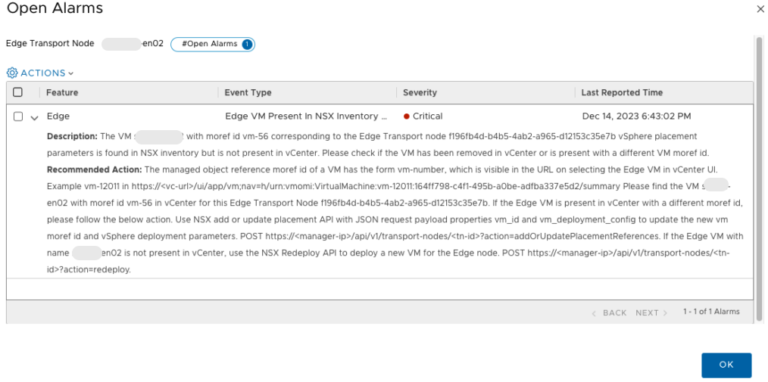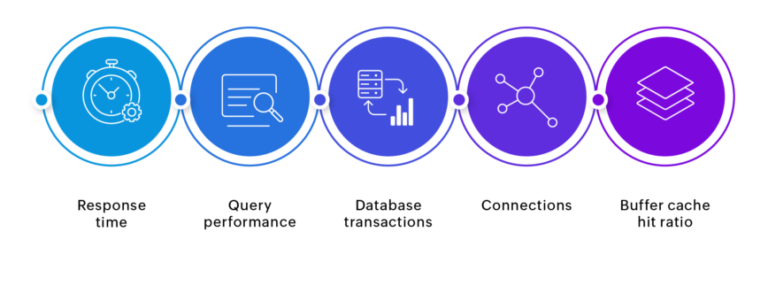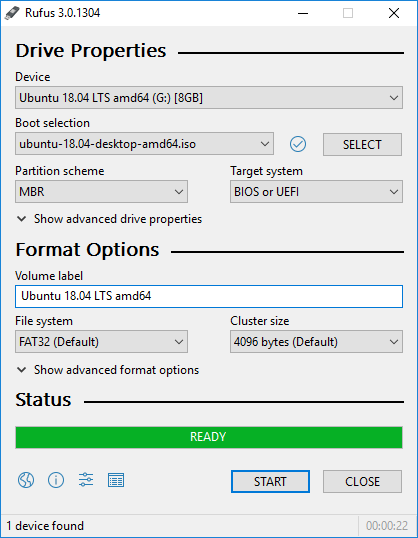Post-migration management is improved with ServiceNow Service Mapping. Once migration to the cloud is complete, the tool continues to provide insights into the service topology. This ongoing visibility helps IT teams manage and optimize the new cloud environment effectively. Monitoring dependencies and interconnections ensures that services run smoothly and any issues are quickly identified and resolved.

Key Features of ServiceNow Service Mapping
Data collected by Service Mapping is integrated with other ServiceNow products such as event management, dependency views, and application portfolio management (APM). Event management uses this data to monitor and manage events, aiding in the recovery of application services. Dependency views provide a visual representation of the relationships between devices and applications, which helps in understanding the overall service topology. When integrated with APM, Service Mapping provides detailed information about the components of a business application, assisting in performance monitoring and management.
The clarity provided by detailed service maps also expedites decision-making, enabling teams to identify and address potential bottlenecks swiftly. With a clear understanding of all dependencies and interconnections, planning becomes more efficient, reducing the likelihood of unforeseen obstacles. This accelerates the migration process and ensures that timelines are met, contributing to overall project success.
ServiceNow Service Mapping Works
Another feature is the dependency mapping that identifies and visualizes the relationships between different components of a service. This is essential for understanding how different elements contribute to the overall service delivery. With this level of detail, IT teams can quickly identify the root causes of issues and understand the impact of changes before implementation. Moreover, the tool’s integration capabilities extend its functionality, as it can work alongside other IT management solutions to provide a holistic view of the IT landscape. See this blog post for more details about ServiceNow Service Mapping features and capabilities.
Compliance and governance are key benefits of using ServiceNow Service Mapping in cloud migrations. The tool provides an accurate and detailed map of all services and their dependencies, facilitating better oversight and control. This capability is particularly important for compliance with industry standards and regulatory requirements, as it ensures that all components are accounted for and properly managed during the migration process.
In addition, ServiceNow’s dynamic updating capabilities ensure that the map is always current, capturing any changes or additions in real-time. This feature is particularly useful during periods of transition, such as a cloud migration, where the IT environment is often in a state of flux. By having an up-to-date representation of the entire ecosystem, IT teams can better plan and execute their migration strategies, reducing the likelihood of disruptions and downtime.
ServiceNow Service Mapping is instrumental in cloud migration by providing a clear and accurate representation of the existing IT environment. It identifies all components and their interdependencies, which is crucial for planning the migration.
- Pattern-based mapping: This is the primary method, relying on predefined patterns to identify and map out the various components and their connections.
- Traffic-based mapping: This method follows the traffic connections between devices and applications, providing an alternative approach when patterns are not available or applicable.
- Tag-based mapping: If the organization uses tags for asset management, these tags can be utilized to map application services.
ServiceNow Service Mapping operates by discovering and mapping the various components and dependencies within an organization’s IT environment. The primary method utilized for this is pattern-based discovery. A pattern is a predefined sequence of operations that detects attributes of devices and applications along with their outbound connections. These patterns are essential for accurately identifying the components and their relationships, ensuring that the service map reflects the current state of the IT environment.
Visibility is one of the most significant advantages ServiceNow Service Mapping offers during cloud migrations. The tool provides a view of the IT environment, detailing every service and its dependencies. This visibility is vital for mapping out the migration process, ensuring that no component is overlooked. Understanding how each part fits into the whole system allows for a more organized and methodical approach to migration.
How Is Service Mapping Used in Cloud Migration?
Service Mapping continuously updates the service maps to ensure they remain accurate and reflect any changes or new additions in real-time. This dynamic updating capability is crucial for maintaining an up-to-date representation of the IT environment, which is vital for effective IT operations management.
Additionally, the tool’s automated discovery and mapping capabilities eliminate much of the manual effort, reducing human errors. The continuous updating of service maps ensures that relevant data is always available, allowing for timely decision-making and adjustments. These features collectively contribute to a more stable and predictable migration process, thereby minimizing risks and ensuring a smoother transition to the cloud.
Benefits of ServiceNow Service Mapping for Cloud Migrations
Visibility into IT Environments
Moreover, the continuous updating of service maps ensures that compliance and governance remain intact throughout the migration. Any changes or additions to the IT environment are promptly reflected in the map, enabling real-time tracking and documentation. This level of detail supports audits and regulatory reviews, providing evidence of compliance and governance practices. Consequently, organizations can maintain high standards and avoid potential regulatory pitfalls during cloud transitions.
Service Mapping begins with the discovery product, which must be activated and configured. Discovery collects detailed information about the devices and applications within the network using the MID Server, a lightweight Java application that facilitates communication between ServiceNow and the target devices. The MID Server plays a role in gathering data necessary for creating an accurate service map.
Reduced Migration Risks
One of the features of ServiceNow Service Mapping is its automated discovery capability. The tool uses various protocols and interfaces to continuously scan the IT environment and update the service map. This ensures that the map remains current, reflecting any changes or new additions in real-time. The ability to automate these updates eliminates the need for manual intervention, thus minimizing errors and ensuring a reliable representation of the IT environment.
ServiceNow Service Mapping is a tool for managing IT services, providing visibility into the service topology and its dependencies. Its capabilities in automated discovery, continuous updating, and integration with other ServiceNow products offer benefits across different IT operations. Whether improving incident management, facilitating change management, or aiding in cloud migrations, this tool proves indispensable for organizations striving for operational excellence.
Accelerated Migration Timelines
In summary, ServiceNow Service Mapping not only aids in the understanding and management of current IT environments but also enhances the planning and execution of cloud migrations. Its features contribute to reducing risks, accelerating timelines, and maintaining compliance, making it a critical asset in modern IT management. Industries and businesses adopting this tool can expect improved efficiency, reduced downtime, and overall better governance of their IT ecosystems.
The tool’s automated discovery and real-time updating capabilities ensure that any changes or additions to the IT landscape are immediately reflected in the service map. This continuous visibility allows IT teams to accurately plan the migration phases, ensuring that critical dependencies are maintained and that all services are correctly mapped to their new cloud environments.
Compliance and Governance
By Gilad David Maayan
ServiceNow Service Mapping reduces the risks associated with cloud migrations by providing a clear and detailed view of the IT environment. By understanding all dependencies and interconnections, IT teams can foresee potential issues and address them proactively. This foresight is crucial for preventing service disruptions that could arise from unanticipated interactions between migrated and non-migrated components.
Improved Post-Migration Management
In addition to its mapping capabilities, ServiceNow Service Mapping offers insights that help in identifying service disruptions and performance bottlenecks. This tool integrates with other ServiceNow products, such as incident management and change management, to provide a unified platform for IT operations. Consequently, it improves the ability to manage changes, resolve incidents faster, and maintain high levels of service availability. With accurate and dynamic maps, organizations can make well-informed decisions about their IT landscape.
ServiceNow Service Mapping is a tool to build a map of all services and applications running in an enterprise IT environment. It identifies all the components and the dependencies between them, providing a real-time view of service topology. This visibility is crucial for understanding how services are interconnected and for managing the complexities associated with them. By automating the discovery and mapping processes, ServiceNow enhances operational efficiency and reduces the manual effort involved in maintaining accurate service maps.
Conclusion
Additionally, the tool’s integration with other ServiceNow products, such as IT operations management and incident management, further enhances post-migration capabilities. These integrations enable a unified approach to managing the entire IT ecosystem, from detecting and addressing incidents to implementing changes and updates. The view provided by ServiceNow Service Mapping ensures that IT teams can maintain high levels of service availability and performance in the cloud environment.
ServiceNow Service Mapping accelerates migration timelines by streamlining the planning and execution phases. The tool’s automated discovery and mapping processes quickly generate service maps, providing immediate insights into the IT environment. This reduces the time needed for manual mapping and data collection, allowing teams to focus on the migration itself. As a result, projects can start earlier and progress faster, adhering to tighter schedules.
There are several methods that Service Mapping can use to discover and map application services:






